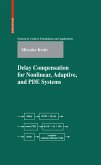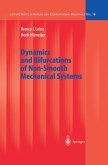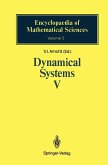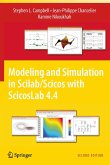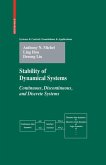This book presents a coherent framework for understanding the dynamics of piecewise-smooth and hybrid systems. An informal introduction motivates the ubiquity of such models via examples from mechanics, electronics, control theory and physiology. The key concept is that of discontinuity-induced bifurcation, which generalizes diverse phenomena such as grazing, border-collision, sliding, chattering and the period-adding route to chaos. The results are presented in an informal style, illustrated via many examples, both theoretical and experimental. The book is aimed at a wide audience of applied mathematicians, engineers and scientists at the beginning postgraduate level. Almost no mathematical background is assumed other than basic calculus and algebra.
Dieser Download kann aus rechtlichen Gründen nur mit Rechnungsadresse in A, B, BG, CY, CZ, D, DK, EW, E, FIN, F, GR, HR, H, IRL, I, LT, L, LR, M, NL, PL, P, R, S, SLO, SK ausgeliefert werden.



